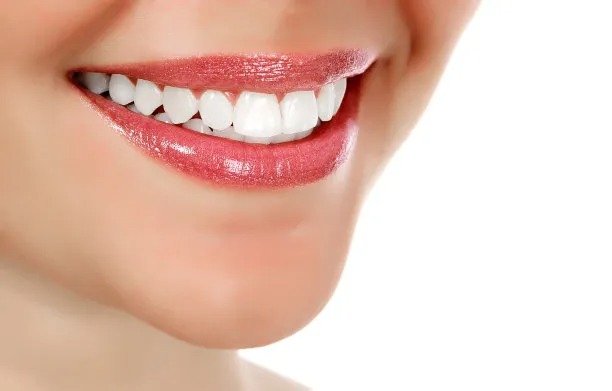The Essential Guide to Understanding When and Why It Is Necessary to Extract a Tooth
Summary: Extracting a tooth is often a difficult decision that may be necessary for various dental health concerns. This essential guide seeks to elucidate the circumstances under which tooth extraction becomes imperative, the different types of situations that can lead to this procedure, and the subsequent effects on oral health. Well explore four critical areas: dental decay and infection, overcrowding issues, periodontal disease, and the impact of dental trauma. By understanding the indicators and reasoning behind tooth extraction, patients can make more informed choices about their dental care and overall wellness.
1. Dental Decay and Infection Concerns

One of the primary reasons for tooth extraction is severe dental decay, which can often lead to infection. When a tooth is compromised by rot, it can affect not only the tooth itself but also the surrounding gum tissue and bone. A decayed tooth becomes a breeding ground for bacteria, resulting in pain and possible further complications.
In cases where a filling, crown, or root canal treatment cannot save the tooth, extraction becomes the only viable option. Delaying extraction can worsen the infection, leading to abscesses, which may necessitate additional treatments. Thus, timely intervention is crucial in these scenarios to prevent further health risks.
Infections can spread to other parts of the body, making it crucial to address severely decayed teeth without delay. Ignoring these problems can lead to systemic health issues, highlighting the necessity of professional dental evaluation when decay is present.
2. Addressing Overcrowding in the Mouth
Overcrowding is a significant issue that many dental patients face, especially during adolescence. Teeth may not have sufficient space to align properly, leading to various orthodontic problems. In such cases, dentists may recommend extracting one or more teeth to allow for better alignment.
Tooth extraction aimed at alleviating overcrowding is often a preemptive measure before braces are applied. By creating space, both aesthetic and functional benefits can be achieved, enhancing the overall dental appearance and improving bite functionality.
Moreover, through extractions, dentists can reduce the risk of future dental complications associated with misalignment, such as jaw pain or excessive wear on specific teeth. Therefore, extraction can be a strategic part of a longer-term treatment plan designed to enhance oral health.
3. Managing Periodontal Disease Effectively
Periodontal disease, or gum disease, is another condition that can lead to tooth extraction. As the disease progresses, the gums recede, and bone loss occurs, jeopardizing the stability of teeth. For teeth that are severely affected, extraction may be necessary to prevent further complications.
In many cases, patients may not realize the extent of the periodontal disease until symptoms have become pronounced. Because the underlying structure of the gums and bone supports tooth stability, compromised teeth can lead to mobility and increased pain.
Taking preventative measures against gum disease is vital. Regular dental check-ups and cleanings can help catch these issues early before they necessitate extraction. Hence, maintaining good oral hygiene should always be a priority to safeguard against periodontal complications.
4. Impact of Dental Trauma on Tooth Viability
Dental trauma can arise from accidents, sports injuries, or falls, resulting in significant damage to teeth. When the trauma results in a fracture or loss of structural integrity, the tooth may become non-vital, rendering it irreparable and necessitating extraction.
In particular, front teeth or teeth that affect ones smile might require removal to prevent aesthetic and functional issues. Moreover, swift action following a traumatic injury significantly impacts recovery, possibly leading to tooth extraction if immediate dental intervention isn’t sought.
Even in cases where the tooth is saved, the patient may still require monitoring for potential complications post-injury. Continuous and attentive follow-up care is key to ensuring that trauma-related issues do not arise, emphasizing the importance of timely dental evaluations following any injury.
Summary:
In discussing the necessity of tooth extraction, it becomes clear that this procedure can be critical in maintaining ones dental health. From dental decay and infection to overcrowding, periodontal issues, and trauma, there are numerous valid reasons for considering tooth extraction. Understanding these factors can empower patients to make informed decisions about their oral health.
Ultimately, staying proactive in dental care and seeking professional advice can significantly reduce the risks associated with tooth extraction. Remember that your smile and health are invaluable!
This article is compiled by Vickong Dental and the content is for reference only.


